The First Documented Ruler of the Japanese Islands was a Woman – The Story of the Shaman-Queen Himiko
 Symbol of Female Strength in Ancient Japan
Symbol of Female Strength in Ancient Japan
In the depths of Japan's history, recorded both in the annals of legends and ancient chronicles, lies an extraordinary figure - Himiko, the shaman-queen, whose life and reign are shrouded in mystery and controversy. In an era when the modern concept of Japan had not yet formed, and these lands were a mosaic of tribes and small kingdoms, Himiko emerges as a unique figure - the first documented female ruler of the Japanese Islands. This is all the more surprising given that Japan is often perceived today as a society with strong patriarchal traditions. Not as a country whose first documented ruler was a woman.
Himiko's rule, dated to the 3rd century AD, raises numerous questions about her role and influence. Described in Chinese sources as a powerful and respected Queen of Yamatai, Himiko was both a political leader and a spiritual guide to her people. Her reign, though extremely important for the history of the region, remains largely a mystery - from the location of her kingdom to details about her governance and even her death. This enigmatic figure has become the subject of numerous historical and archaeological debates, with each new discovery shedding more light on her complex and fascinating story.
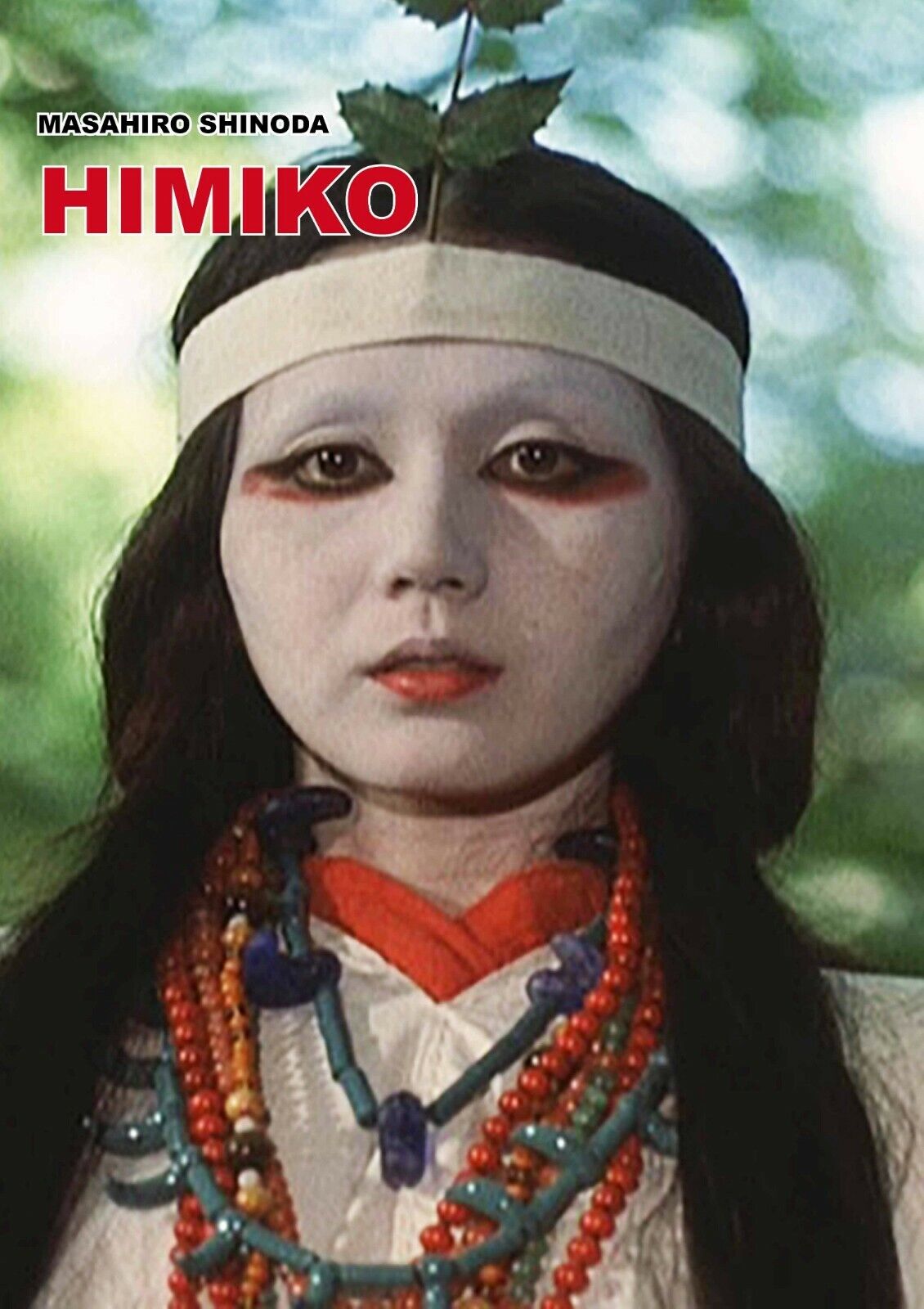
and inspire.
Legend of the Mysterious Ruler of Yamatai on the Ancient Archipelago
 The Japanese Islands 2,000 Years Ago
The Japanese Islands 2,000 Years Ago
The ancient archipelago, now known as Japan, in the era of Himiko, around the 3rd century AD, was a collection of loosely connected tribes and small kingdoms. This society was based mainly on agriculture, trade, and local religious beliefs. This period, known as the late Yayoi period (300 BCE – 300 AD), was characterized by increasing centralization of power and socio-political development. Himiko appears against this backdrop as an extraordinary figure, both a political leader and a spiritual authority.
Himiko (卑弥呼)
The name Himiko in Japanese is written with the kanji characters 卑弥呼, which individually mean "low" (卑), "stretch" (弥), and "call" (呼). However, in the context of the name Himiko, these characters do not necessarily have a direct semantic meaning. The etymology of the name remains a subject of discussion, but it is often interpreted as "sun child" or "daughter of the sun," reflecting her religious and cultural position in society.
 Yamatai (邪馬臯) – A Kingdom Full of Mysteries
Yamatai (邪馬臯) – A Kingdom Full of Mysteries
The kingdom of Yamatai, over which Himiko reigned, is the subject of a long-standing debate, both regarding its location and character. Chinese sources, such as "Wei Zhi" (魏志), part of the "Records of the Three Kingdoms" (三國志), mention Yamatai as a powerful and well-organized kingdom.
Political and Spiritual Reign of Himiko
Himiko was described as a priestess and ruler who came to power following internal conflicts and wars among various tribes. Her reign was a period of stabilization and peace. As a shaman, Himiko had a significant spiritual influence, and her purported magical abilities and communication with the gods strengthened her position as a mediator between the world of humans and deities.
Impact and Significance of Himiko in Japanese History
The figure of Himiko is extremely important for understanding the early history of Japan, as her reign combines historical and mythological elements. Her death date, around 248 AD, and the described funeral ceremonies, including the construction of a large burial mound, testify to her significance in the society of that time. The importance of Himiko as one of the first documented leaders in the Japanese Islands is invaluable for researchers of history and culture of the region.
What More We Know About Himiko – From Historical Sources
 First Mentions in Chinese Chronicles
First Mentions in Chinese Chronicles
Himiko first appears in the annals of history in the Chinese work "Records of the Three Kingdoms," in the section known as "Wei Zhi." Chinese chroniclers, with fascination, describe her as the powerful shaman-queen of Yamatai, making her one of the most enigmatic figures of ancient Far East. These records, though invaluable, remain somewhat mysterious - particularly intriguing is the description of Himiko as a woman who enchanted her people with magic and divination. Historians wonder whether these descriptions were an attempt to understand a foreign system of governance by Chinese authors, or if there indeed was some truth to them.
The Mysterious Kingdom of Yamatai
The location of Yamatai has been a conundrum that has perplexed historians for centuries. The debate fluctuates between northern Kyūshū and the Kinki region in central Japan. Modern archaeological and linguistic studies have not provided a definitive answer. Some scholars suggest that Yamatai might have been located closer to the Chinese court, which would explain the frequent diplomatic contacts described in the Chinese chronicles. Others point to the rich archaeological findings in the Kinki region, which could indicate the presence of a significant political and cultural center there.
 Japanese Sources Seem to Be Silent
Japanese Sources Seem to Be Silent
In Japanese chronicles, such as "Kojiki" and "Nihon Shoki," there are no direct references to Himiko. Nevertheless, some researchers speculate that figures such as Empress Jingū might have been inspired by the legend of Himiko. These early Japanese texts, filled with mythological stories and heroes, may contain encoded memories of real historical figures, including Himiko.
 Himiko in the Eyes of Contemporary Researchers
Himiko in the Eyes of Contemporary Researchers
Contemporary historians and archaeologists approach the figure of Himiko with a mix of fascination and skepticism. Some regard her as a key figure in understanding early Japanese history, emphasizing her role as a leader and initiator of traditions of female leaders in the region. Others approach her character with more caution, noting potential transformations and exaggerations in the Chinese sources. Himiko thus remains a figure shrouded in mystery, both a symbol of ancient times and a subject of ongoing debates and research.
Other Curiosities About the Shaman-Queen
 A Thousand Servants, But Only One Man
A Thousand Servants, But Only One Man
According to Chinese records, Himiko had a thousand female servants but only one male attendant. This man served as a mediator between her and the external world. This unique arrangement indicates Himiko's extraordinarily high status and perhaps specific religious or cultural practices in her kingdom.
Unknown Origins
Although Himiko is recognized as one of the key figures in Japanese history, little is known about her origins, early life, or even how she came to power. This missing background adds an aura of mystery to her character and makes her a subject of fascination among historians.
 Diplomatic Missions to China
Diplomatic Missions to China
Himiko sent diplomatic missions to Cao Wei, the Chinese state of the Three Kingdoms period. Impressed by her gesture, Chinese Emperor Cao Rui granted her the title "Queen Friendly to Wei" and sent her a golden seal and gifts, indicating her significant role in regional diplomacy.
Mythical Connections to the Sun
Some interpretations suggest that Himiko's name, meaning "sun child," may indicate her connections to the sun cult in ancient Japan. This concept links her to later Shinto beliefs, where the sun goddess Amaterasu plays a key role.
 Death in Unclear Circumstances and Succession
Death in Unclear Circumstances and Succession
The circumstances of Himiko's death remain unclear. After her death, as the Chinese sources report, there were struggles for succession, indicating political instability and possible internal conflicts. Eventually, Himiko's 13-year-old relative, Iyo, took the throne, restoring peace to the kingdom and also highlighting the continuation of female leadership.
Himiko as a Symbol of Female Strength in Japanese History
Himiko in the Context of Japan's Patriarchal Society
Contemporary debates about Himiko often focus on her role as a female ruler in a society traditionally perceived as patriarchal. Historians and cultural researchers note that her reign, in which she combined political and spiritual power, contrasts with the stereotypical representations of women in Japanese history. For many Japanese, Himiko thus becomes a symbol of a strong female character, breaking out of the traditional roles assigned to women, especially in light of the later development of Japanese society where male figures of power predominated.
Himiko as an Inspiration for the Feminist Movement
Among supporters of gender equality and feminists, Himiko is often seen as an inspiring example of female leadership. Her story is interpreted as evidence that women played key roles in ancient times, challenging the patriarchal pattern imposed over the centuries. Feminist researchers in Japan often refer to her character as an example of a strong and independent woman who had a significant impact on her surroundings, thereby breaking contemporary stereotypes.
 Historical Discussions and Social Context
Historical Discussions and Social Context
Historians emphasize that analyzing the figure of Himiko, it is important to consider the socio-cultural context of the Yayoi period. They argue that in those times, the roles of women and men may have been less rigidly defined, allowing Himiko to achieve the position of a ruler. However, some researchers note that the story of Himiko may have been later modified and adapted to changing cultural narratives, which could affect our perception of her authentic role.
Himiko Today – In Schools, On Screens, In Art
Contemporary Japan still draws from the rich history of Himiko, who is present both in education and in the broadly defined popular culture. In schools, the character of Himiko is often presented in textbooks as an important historical figure, although her description may vary depending on interpretation and perspective. Students learn about her as the mysterious ruler of Yamatai, emphasizing her role as the first documented ruler of the present-day Japanese territories, and pondering her influence on the shaping of Japanese national identity.
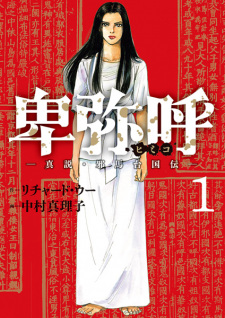
The Mystery of Himiko's Tomb: Searches and Controversies
 Discovery of the Hashihaka Tomb
Discovery of the Hashihaka Tomb
Among the many places attributed to Himiko, the Hashihaka tomb in Sakurai, near the ancient capital of Nara, is often cited as the probable site of her burial. Discovered in 2009 by a team of archaeologists from the National Museum of Japanese History, this impressive burial mound is about 280 meters long and has a characteristic keyhole shape. Radiocarbon dating indicates its creation in the period between 240 and 260 AD, coinciding with the death dates of Himiko reported in the Chinese chronicles.
Limitations in Archaeological Research
Despite fascinating discoveries, further research on the Hashihaka tomb encountered significant obstacles. The Japanese Imperial Household Agency, responsible for managing historical sites, banned further archaeological work at the tomb site, recognizing it as a place of cultural and historical significance. This decision was met with criticism from scholars, such as Professor Harunari, who argued that full exploration could provide valuable information about Himiko's era.
 Significance of the Tomb for Understanding Yamatai
Significance of the Tomb for Understanding Yamatai
Despite the lack of opportunities for full archaeological research, the mere existence of the Hashihaka tomb provides valuable clues about the culture and society of Yamatai. Its size and construction indicate the high status of the person buried there and the technological and artistic advancement of the people from that period. Additionally, findings such as bronze mirrors and other artifacts align with Chinese descriptions of gifts for Himiko, strengthening the theory that Hashihaka could be her tomb.
 Himiko on Screen
Himiko on Screen
The character of Himiko, the mysterious shaman-queen of ancient Japan, continues to fascinate creators and lovers of pop culture. Her enigmatic figure has been inspiring artists for centuries, and her legend has found its place in modern times through manga, anime, video games, and films. These modern interpretations of Himiko, though different from historical descriptions, still reflect her impact and significance. Here are some of the most interesting examples of how Himiko is represented in today's media.
Manga and Anime:
-
"Himiko-Den" – An anime based on a game, depicting Himiko as a key character in a mythical story.
-
"Shaman King" – In this manga and anime series, the character Hao Asakura claims to be the reincarnation of Himiko.
-
"Nobunaga no Shinobi" – In this anime series, Himiko appears as a historical character playing a role in the Sengoku era, though this portrayal is humorous and fictional.
Video Games:
-
"Okami" – A game inspired by Japanese folklore, featuring the character of Queen Himiko.
-
"Fate/Grand Order" – Himiko appears as one of the playable characters in this popular mobile game.
-
"Warriors Orochi 4" – A game in which Himiko is one of the playable characters.
Movies:
-
"Himiko" (1974) directed by Masahiro Shinoda – A film depicting the mystical story of Himiko.
-
"Tomb Raider" (2018) directed by Roar Uthaug – An adaptation of the video game where the character of Himiko is central to the plot.
-
"Queen Millennia" (1982) – In this Japanese animated film, while the character of Himiko is not directly portrayed, the motifs and cultural elements associated with her legend are present, making it an interesting reference to her myth.
 Himiko and Japanese National Identity
Himiko and Japanese National Identity
Himiko, although originating from distant, almost mythical times, has an undeniable impact on contemporary Japanese cultural identity. Her character, a subject of school lessons, historical research, and popular stories, has become an integral part of the national heritage. In a wide range of portrayals – from a powerful ruler and shaman to an inspiring icon of femininity – Himiko continues to shape the image of strong and influential women in Japanese history and culture. Her story, full of mysteries and undiscovered facts, reminds us of the richness and complexity of the country's past, serving as a source of inspiration for future generations.
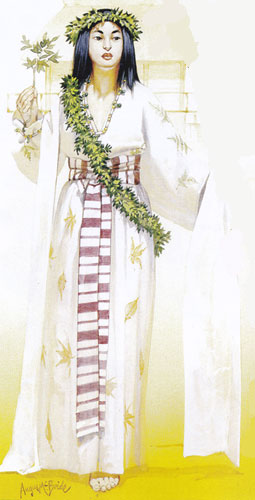
Research on Himiko and her era not only sheds light on the early history of Japan but also helps us understand how the past influences the present. The character of Himiko, encompassing mystery, power, and spirituality, remains a key element in the search for Japanese national and cultural identity.
"Strong Japanese Women"
see book by the author
of the page
未開 ソビエライ
An enthusiast of Asian culture with a deep appreciation for the diverse philosophies of the world. By education, a psychologist and philologist specializing in Korean studies. At heart, a programmer (primarily for Android) and a passionate technology enthusiast, as well as a practitioner of Zen and mono no aware. In moments of tranquility, adheres to a disciplined lifestyle, firmly believing that perseverance, continuous personal growth, and dedication to one's passions are the wisest paths in life. Author of the book "Strong Women of Japan" (>>see more)
Personal motto:
"The most powerful force in the universe is compound interest." - Albert Einstein (probably)
Mike Soray
(aka Michał Sobieraj)
未開 ソビエライ
An enthusiast of Asian culture with a deep appreciation for the diverse philosophies of the world. By education, a psychologist and philologist specializing in Korean studies. At heart, a programmer (primarily for Android) and a passionate technology enthusiast, as well as a practitioner of Zen and mono no aware. In moments of tranquility, adheres to a disciplined lifestyle, firmly believing that perseverance, continuous personal growth, and dedication to one's passions are the wisest paths in life. Author of the book "Strong Women of Japan" (>>see more)
Personal motto:
"The most powerful force in the universe is compound interest." - Albert Einstein (probably)
Mike Soray
(aka Michał Sobieraj)
Write us...
Ciechanów, Polska
dr.imyon@gmail.com
___________________
inari.smart
Would you like to share your thoughts or feedback about our website or app? Leave us a message, and we’ll get back to you quickly. We value your perspective!
 Symbol of Female Strength in Ancient Japan
Symbol of Female Strength in Ancient Japan  The Japanese Islands 2,000 Years Ago
The Japanese Islands 2,000 Years Ago Yamatai (邪馬臯) – A Kingdom Full of Mysteries
Yamatai (邪馬臯) – A Kingdom Full of Mysteries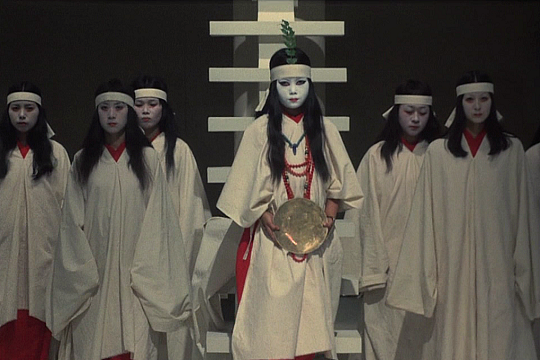
 First Mentions in Chinese Chronicles
First Mentions in Chinese Chronicles Japanese Sources Seem to Be Silent
Japanese Sources Seem to Be Silent Himiko in the Eyes of Contemporary Researchers
Himiko in the Eyes of Contemporary Researchers A Thousand Servants, But Only One Man
A Thousand Servants, But Only One Man Diplomatic Missions to China
Diplomatic Missions to China Death in Unclear Circumstances and Succession
Death in Unclear Circumstances and Succession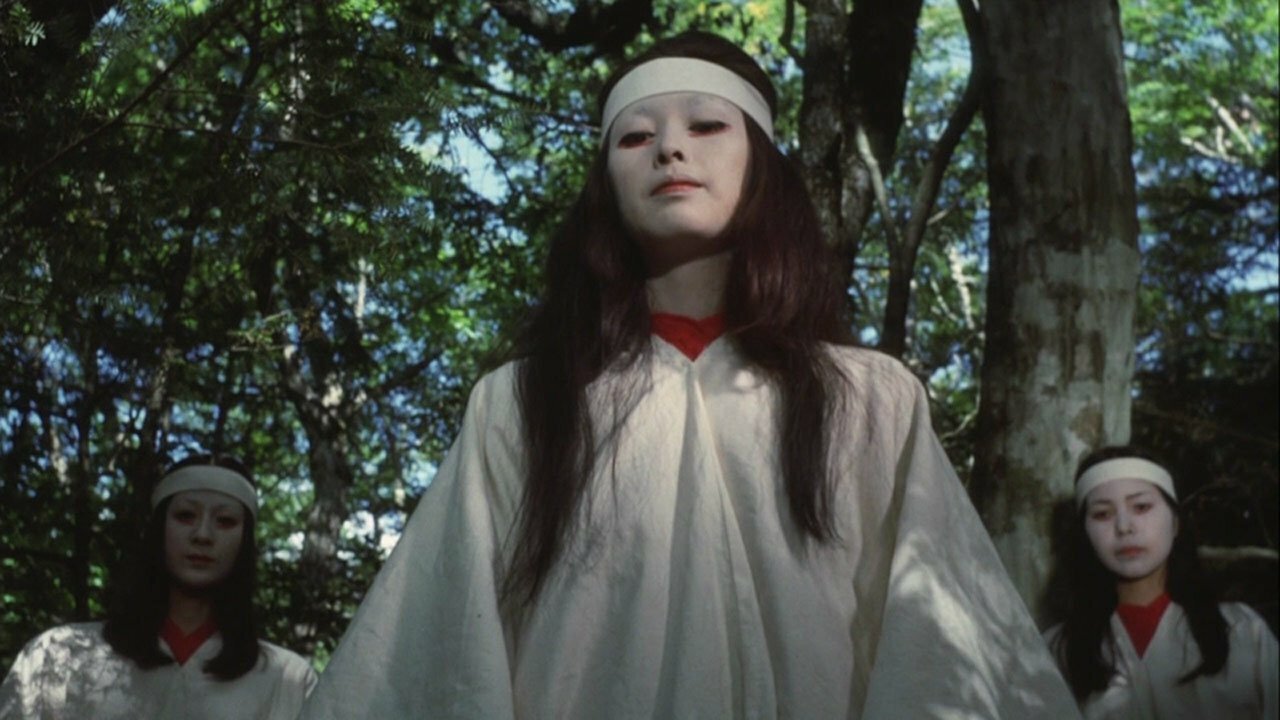
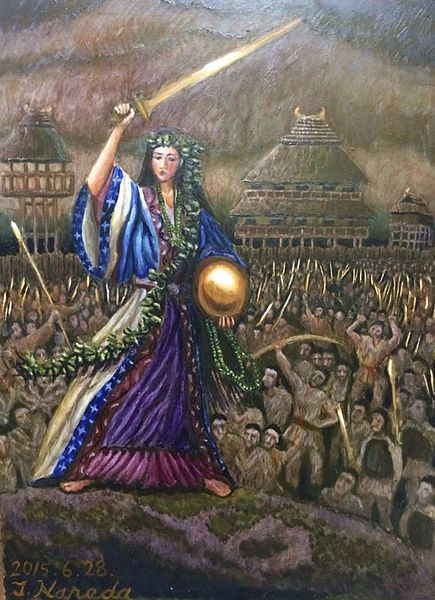 Historical Discussions and Social Context
Historical Discussions and Social Context Discovery of the Hashihaka Tomb
Discovery of the Hashihaka Tomb Significance of the Tomb for Understanding Yamatai
Significance of the Tomb for Understanding Yamatai Himiko on Screen
Himiko on Screen "
"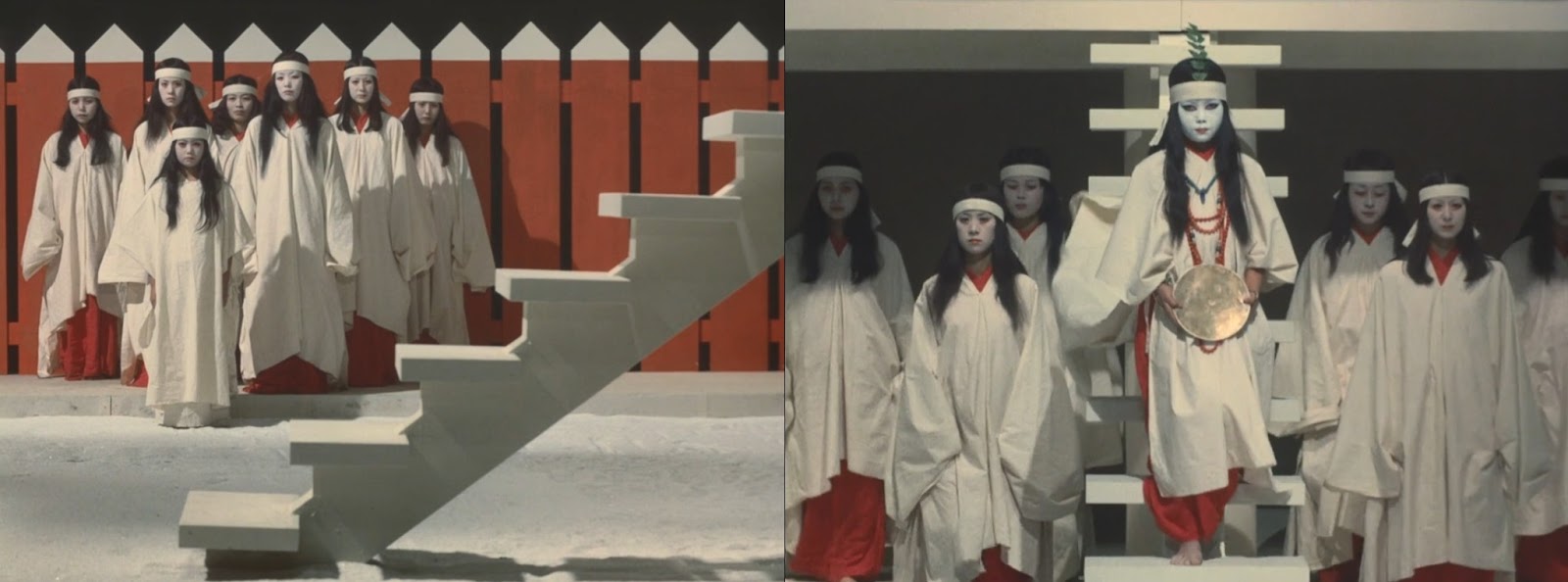
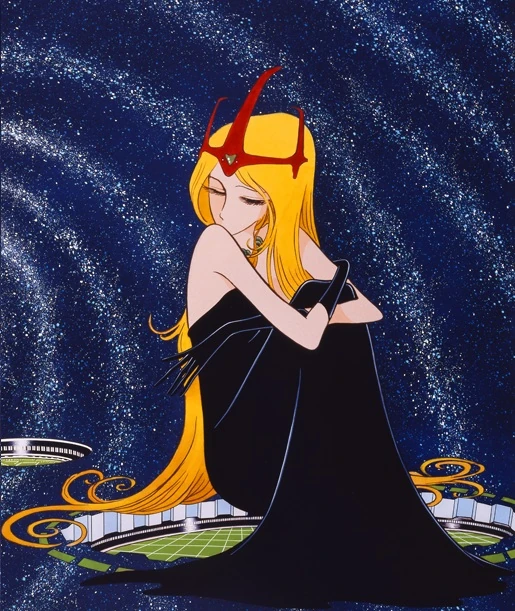 "
" Himiko and Japanese National Identity
Himiko and Japanese National Identity

